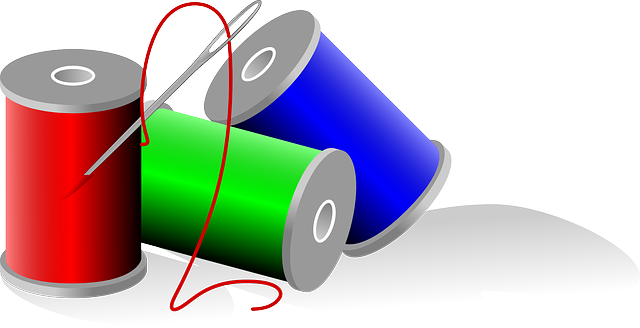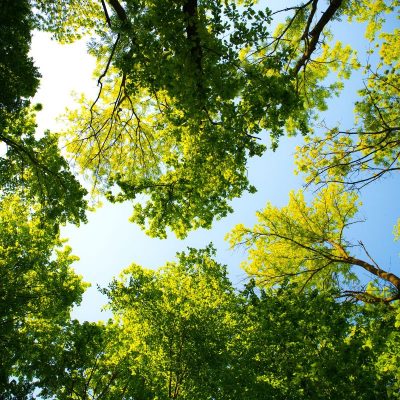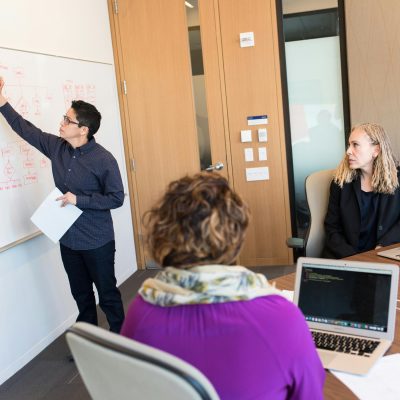The Manufacturing Process of Fabric

There are two main parts of fabric construction: converting yarns and fibers into fabric. This fabric may have various characteristics, depending on the type of manufacturing process and materials used. Some of the fabrics produced these days go through an interlacing technique, like knitting or weaving. Weaving is the most prevalent fabric production method. This method involves twill, plain or tabby, basic weaves, satin, and fancy weaves, such as dobby, pile, gauze, and Jacquard. However, the popularity of knitted fabrics is also increasing. This method usually includes weft and warp types, such as tricot and raschel. A few more interlaced fabrics are lace, braid, and net. In addition to knitting and weaving, nonwoven fabrics also have a name in the market. It includes materials made by bonding and felting. Additionally, laminating processes are also making developments where sewing-knitting and needle weaving are crucial to providing the patterns and designs.
Woven fabrics
Yarns interlaced by weaving or through a binding system form woven fabrics. Weaving involves combing weft and warp components to give a woven structure. Although woven structures have a crisscross and flexible angle, they don’t necessarily have to be parallel or cross each other at right angles. This makes weaving slightly different from other methods like braiding, net making, and weft and warp knitting. These methods use one element while making the fabric. Apart from the manufacturing method, you will also notice geometrical differences. For example, woven fabric has small angles through which the weaving materials go through. But other methods have wider angles, allowing the materials to pass easily.
Weaving is a highly popular method because of three factors: it is adaptable, easy to follow, and affordable. The geometrical conformation of the elements used in woven fabrics provides valuable characteristics to the final fabric. This happens because the frictional setup at the contact areas holds the components down, thus allowing the geometrical formations to stay in place. Woven fabrics find their way into industrial textiles, households, and various outfits.
The weaving process
You will notice that a woven cloth has a longer length on one side compared to the other. Warp is the collection of lengthwise threads, while the weft is a combination of other threads that lie along the width. A few other words used to refer to weft are woof, shoot, shute, or filling. An end of a warp means an individual thread of indefinite length. A shot or pick means extending the weft’s length from one end to the other. Weaving experts take consecutive picks of similar lengths and repeatedly fold them back to back. If you are looking for ladies leather gloves then see here.
All the weaving methods have one thing in common – workers first separate the warp before inserting the weft into it. Next, they take a short length of the warp from the prepared fabric and divide it into two sheets. Weavers call this shedding. The space left between the sheets is known as shed. Then, they lay down a pick of weft between two warp sheets during a process called picking. They form a new shed according to the design they need to follow. Some of the ends move to their previous positions that the sheet had already occupied earlier. This allows the weft to stay in position between two warp layers.









